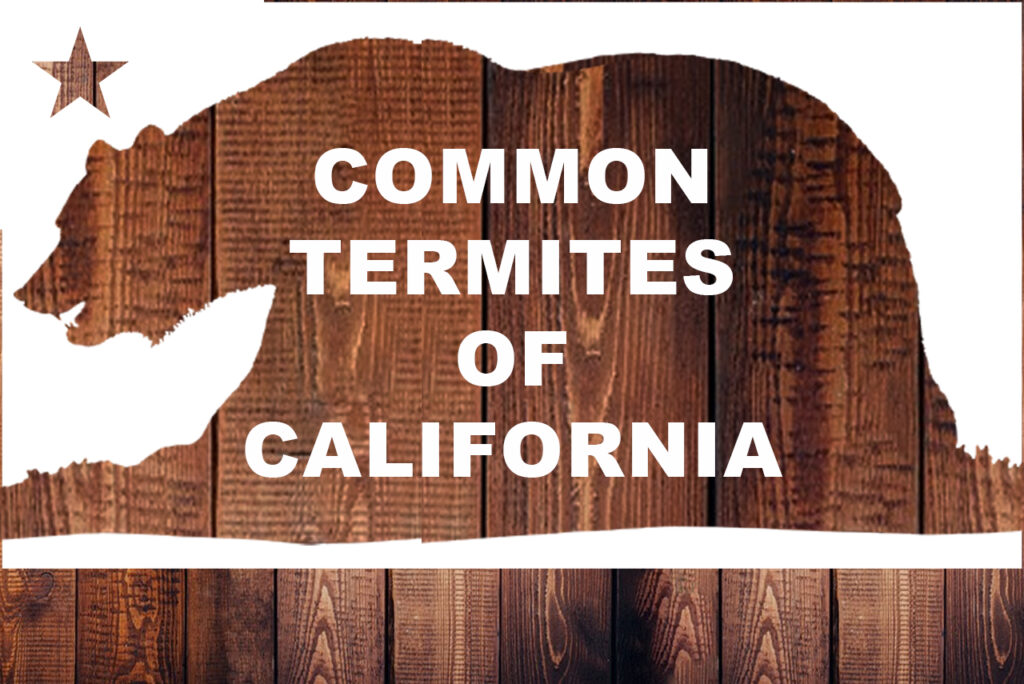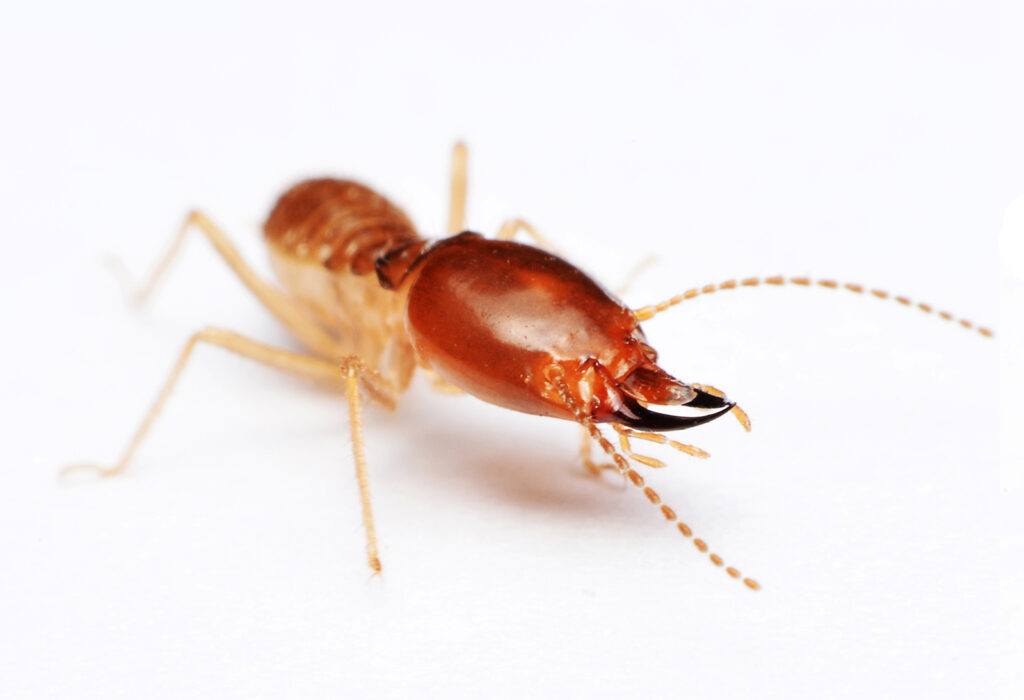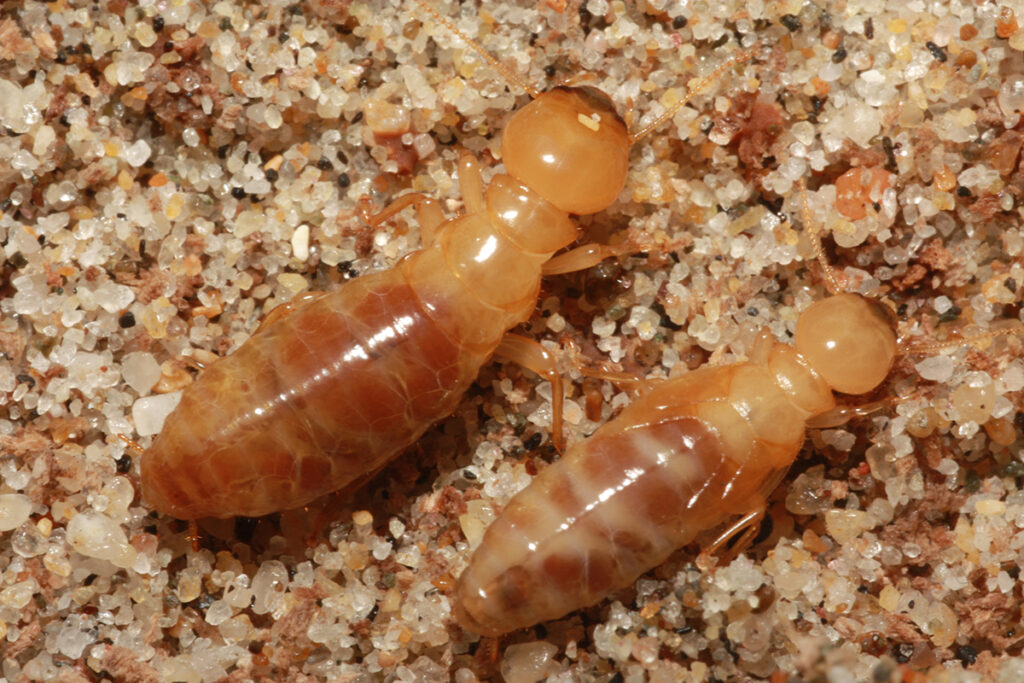Common Termites of California
Did you know that termites are a common pest in California? In fact, they are one of the most common pests in the United States! Here, we’ll talk about the several types of termites in California and explain how to spot them. If you have an infestation, we will also offer advice on how to get rid of the california termites. For more, keep reading! There are three common types of california termites: drywood termites, dampwood termites, and subterranean termites.

These are tiny insects that live in wood. They are dark brown or black and do not need contact with soil to survive, meaning they can build their nests in any piece of wood and feed on cellulose, which is found in plant material.
They typically enter homes through foundation cracks or gaps around doors and windows and can be brought into homes in infested furniture or firewood. They are most active during the spring and summer months. However, they can be active year-round in warm climates.
The size of drywood termites varies depending on their role in the colony.
The reproductive, or swarmers, are the largest. They have two pairs of unequal wings in size and color and are about half an inch long. Their front wings are dark brown or black, while their back wings are pale.
The soldiers are slightly smaller than the swarmers. They have large, dark brown or black heads with strong jaws. Soldiers are about one-quarter of an inch long.
The third and final caste type is the worker. They are small, pale insects about one-eighth of an inch long. They do not have wings and are responsible for feeding the other termites in the colony.
Drywood termites are difficult to control once they establish themselves in a home because they live inside the wood they feed on.
How to Prevent Drywood Termites
- Seal cracks in the foundation and around doors and windows.
- Remove any infested furniture or firewood from your home.
- Store firewood off the ground and away from your home.
- Inspect new furniture for termites before bringing it into your home.
Treatment for Drywood Termites
This typically involves fumigation or spot treatments with pesticides. Fumigation is the only way to ensure that all of the termites in your home are killed, while spot treatments with pesticides can be effective if the infestation is small and localized.
These are giant termites that have dark brown or black bodies. Their wings are transparent, and they have long, slender antennae. They can fly, but they only do so when searching for new food or water sources.
They get their name from their preference for damp wood. They are attracted to wood with high moisture content, such as wood near water sources or damp areas. They typically nest in trees, stumps, and logs; however, they can also infest homes and other structures made of wood.
Types of Dampwood Termites
Dampwood termites are usually found near the ground in contact with damp or rotting wood. These termites are often found in stumps, fallen trees, fence posts, and other sources of dead wood.
There are three common types of dampwood termites found in California:
- The Pacific dampwood termite (Zootermopsis nevadensis) is the largest dampwood termite species. Adults are dark brown to black and about an inch long and are found along the coast.
- The Western dampwood termite (Zootermopsis angusticollis) is slightly smaller than the Pacific dampwood termite, with adults being about three-quarters of an inch long. They are found in coastal and mountain forests.
- The Desert dampwood termite (Prorhinotermes simplex) is the smallest species of dampwood termite among the three. Adults are dark brown to black and about a half-inch long. They are found in dry, desert areas of southeastern California
How to Treat Dampwood Termites
Dampwood termites are treated differently than other kinds of termites, as they do not require contact with the soil to survive. Due to this, treatments typically focus on removing or correcting the termites’ moisture source.
Dampwood termite treatment can be complex, as these termites are often found in hard-to-reach places. There are three standard methods of dampwood termite treatment: They include:
- Physical removal. This involves removing the infested wood from the property and destroying it.
- Chemical treatment involving pesticides. This method is less common, as it can be challenging to apply chemicals to damp wood without causing damage to the surrounding environment.
- Biological control involving using predators or parasites to kill the termites. This method is not as common, as it can be challenging to find and release enough predators or parasites to control the population of termites effectively.
How to Prevent and Treat Subterranean Termites
To prevent subterranean termites from infesting your home, it is essential to have a barrier between the soil and your home. This can be done by ensuring that there is no wood in direct contact with the soil, repairing any cracks or gaps in your foundation, and removing any dead wood from your property.
If you already have an infestation, various treatment options are available, including baiting and chemical treatments.
Baiting involves placing bait stations around your property and monitoring them for termite activity. If termites are present, the bait stations lure and kill them. Chemical treatments, in contrast, involve applying a long-lasting insecticide to the soil around your home, creating a barrier that termites cannot cross.
Types of Subterranean Termites
In California, subterranean termites often fall into one of three categories:
- The Western Subterranean Termite. This is the most prevalent kind, can travel up to 300 feet from its nest in search of food and dwell in colonies of up to several million.
- The Formosan Subterranean Termite. This is a particularly aggressive and unpleasant subterranean termite species. They may wander up to 600 feet from their nest in search of food and reside in enormous colonies.
- Desert Subterranean Termite. This is the least frequent variety; it lives in small colonies and only ventures up to 100 feet from its nest to find food.










